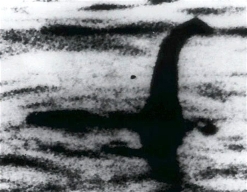September 11, 2001: 911 Day, 2008: TiVO Announce Phone DVR
Subscribe! Spotify | RSS | More
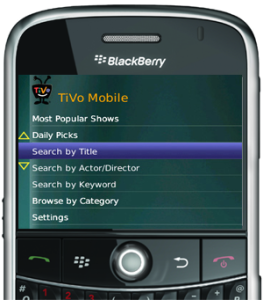
Remembering 9-11 Day
2008 – TiVO and Research in Motion (RIM) announce they will collaborate to give people another option to record their favorite shows. Coming soon, you would be able to set your DVR and review schedules right from your Blackberry device. That way if you forget to set your recorder, you can call up the application and make the change.
It was also the historic day that New York City’s Twin Towers were taken down by a terrorist attack. We at the Day in Tech History commemorate the 10 year anniversary and take a moment of silence in the show to remember those who lost their lives.
Subscribe to Day In Tech History:
RSS Feed - iTunes - Android - Spotify - iHeartRadio
Facebook -
- RSS Bandwidth by Cachefly Get a 14 Day Trial
- Join me on Patreon and support Day in Tech History
- Scott Fahlman’s original email on emoticons is found
- Operation Cybersnare
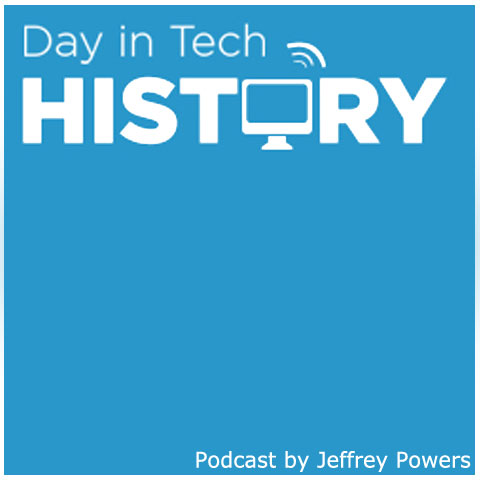
![tivorim[1] RIM](https://dayintechhistory.com/wp-content/uploads/2013/09/tivorim1-340x250.png)


![fingerprint[1] fingerprint[1]](https://dayintechhistory.com/wp-content/uploads/2013/09/fingerprint1-340x250.png)

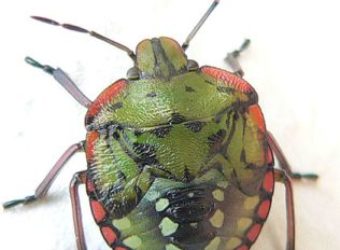
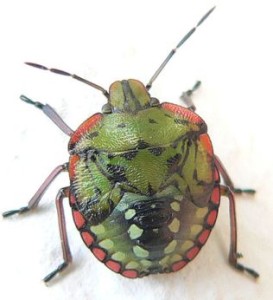
![RealDVD[1] RealDVD](https://dayintechhistory.com/wp-content/uploads/2013/09/RealDVD1-340x250.jpg)
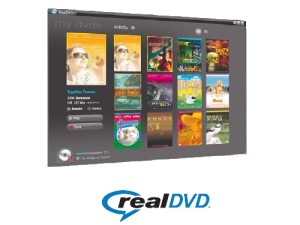
![Adobe-Aldus[1] Adobe - Aldus](https://dayintechhistory.com/wp-content/uploads/2013/08/Adobe-Aldus1-340x250.jpg)
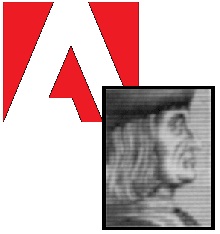
![virusscan[1] Virus](https://dayintechhistory.com/wp-content/uploads/2013/08/virusscan1-340x250.jpg)
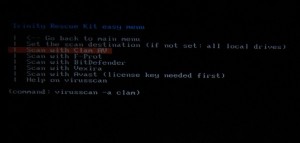
![Mad-Men[1] Mad Men](https://dayintechhistory.com/wp-content/uploads/2013/08/Mad-Men1-340x250.jpg)

![Loch-Ness[1] Loch Ness](https://dayintechhistory.com/wp-content/uploads/2013/08/Loch-Ness1-340x250.jpg)
